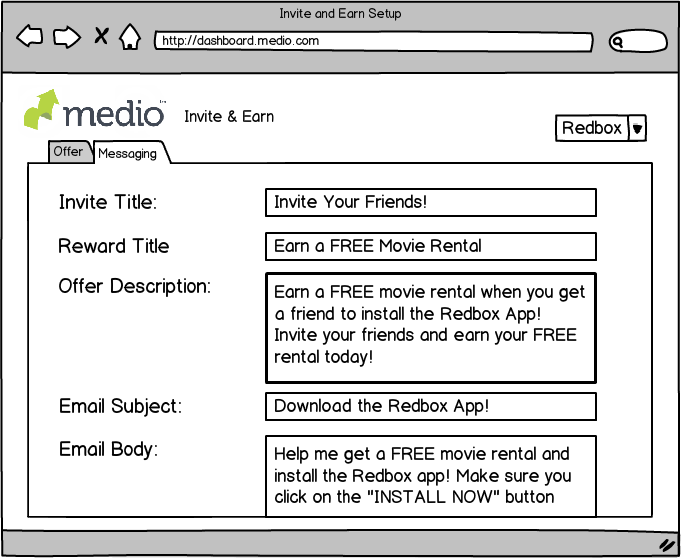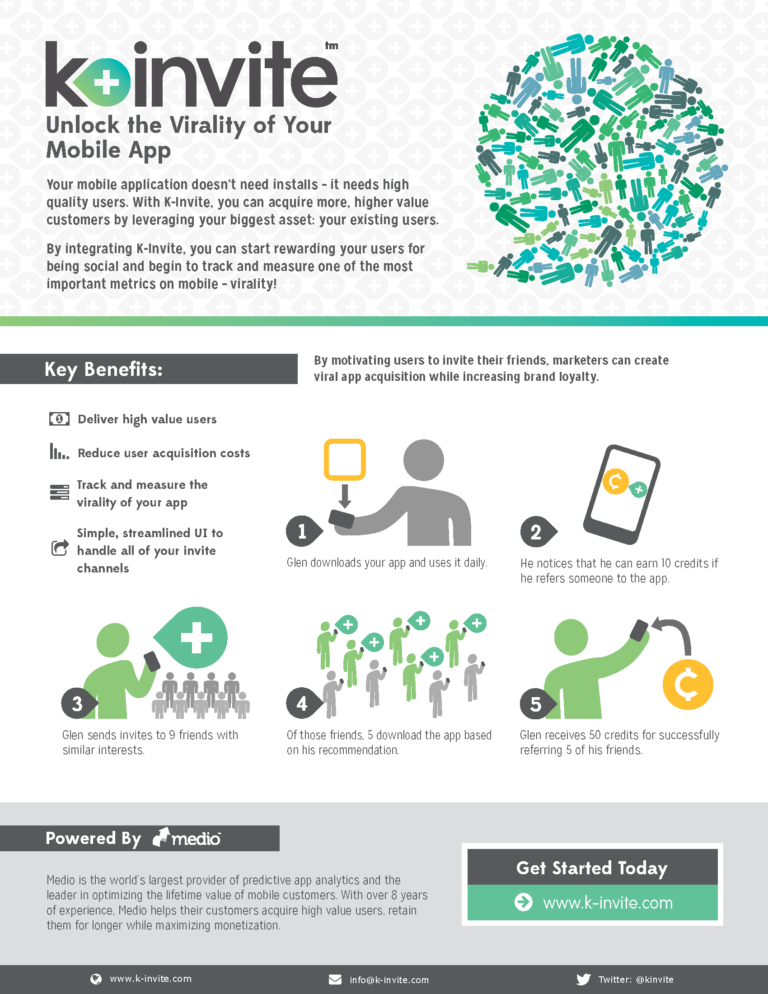The Situation
The year was 2011, Apple was alone at the top of the mobile app ecosystem, and freemium apps had caught fire. With developers making millions from in-app purchases, the gold rush for acquiring mobile users had arrived.
The freemium concept was simple; create an engaging initial app experience, get millions of users to download it, and then monetize as many of those users as possible. With freemium, every action was tracked and every behavior analyzed, giving developers an intimate understanding of user behavior and lifetime value (LTV). With this information developers could ramp-up and scale profitable user acquisition efforts and so long as the effective cost per install (CPI) was below their average LTV these companies were printing money.
The Problem/Obstacle
With over 50 mobile advertising networks positioning themselves as the gate-keepers to driving user acquisition, developers would spend hundreds of hours integrating tracking pixels, refreshing creative, and optimizing bids across dozens of networks. As more and more developers cracked this code, competition for driving installs started to ramp up. In 2011, the average cost per install was under $1.00, but by 2012 that cost had increased to more than $2.50!
This ramp-up in costs meant that games with lower LTVs could no longer drive profitable growth. Further exacerbating the issue, some savvy developers started concentrating large sums of advertising spend in focused bursts in an attempt to manipulate Apple’s “Top Free Apps” rankings, leading to periods of time where advertising inventory was completely sold out. To capitalize on this gold rush some less reputable networks started to incentivize their users to download other mobile applications in exchange for rewards. These users would install the new app, collect their rewards and then promptly uninstall, resulting in a seemingly high number of downloads, and a surge in poor quality users.
The Action
While virality had been a key metric during the social game rush on Facebook, tracking virality on mobile had not yet been achieved due to the closed nature of Apple’s ecosystem. While many mobile apps would allow you to send invites, it was impossible to attribute successful installs back to a specific invitation.
That’s when it hit me.
Advertising networks had found a way to attribute successful installs back to a specific placement, why couldn’t you do the same with personal invitations and create a referral program in a box? I understood the problem and had the seed of an idea but needed to do more to flesh it out.
I started by researching existing products that might already solve this problem and found nothing. I then crafted a mock press release to imagine how the eventual product would be launched and positioned. Next I built the initial pitch deck, outlining the value proposition, key features, customer buying personas and what I saw as the market opportunity. I created clickable wireframes and prototypes of d both the admin dashboard and the end user experience. With the pitch deck and wireframes in hand my next step was to decide how to bring this idea to life.
I had aspirations of this idea becoming the foundation for my own start-up and attempting to raise a round of funding, but with my first child on the way I decided to find an alternate path. In the process of interviewing at Medio, I pitched my product idea to the co-founder and suggested that it might dove-tail nicely with Medio’s existing data and analytics platform. He was enthusiastic and suggested I come back the next day to present to Medio’s leadership team. I spent the next 24 hours polishing the pitch and talking to a patent lawyer to ensure that the idea was properly protected and documented.
The next day I presented the pitch to Medio’s leadership team and went home that same evening with a job offer and a commitment to build my product.
The Results
The leadership team delivered on their commitment and allocated a full development team and company resources to build, launch and market this new product. This new endeavor was a jolt of energy and excitement at Medio, acting as the catalyst for a restructuring of the company focused around each functional product group.
Two months into development the product still needed a name. After brainstorming a variety of options we named the product K-Invite as a nod to the k-factor used to calculate virality in social games. After four months we had wrapped up development and finalized the business plan. True to my vision, the product provided a new way to acquire new users at a market disruptive price of $0.10 per install.
We launched K-Invite publicly at a mobile games conference in San Francisco. We presented K-Invite as an alternative way to acquire customers and that once it was integrated into an app, developers could “FIRE THEIR AD NETWORK”. Every booth surrounding ours was occupied by advertising networks, so we made quite the scene, received dozens of earned media placements and had over 50 conference attendees sign-up to use the product. K-Invite was off to a strong start!
Within the first year of launching K-Invite we onboarded 225 new customers, raising Medio’s referenceable customer count from 2 to 227, a point that helped strengthen the company’s ongoing mergers and acquisitions talks. K-Invite became the sharp entry point for Medio to start working with new customers, and because the product required the instrumentation of Medio’s unified software development kit, it allowed us to easily cross promote and sell Medio’s entire suite of products (without needing further instrumentation).
The innovative nature of K-Invite, coupled with the business momentum it created, helped drive Medio to a successful exit in 2014 when Nokia’s mapping division (HERE) acquired the company. Taking a kernel of an idea, nurturing that idea into a pitch, bringing the product to life and having it used by millions was one of the most fulfilling periods of my career. Furthermore, this experience provided me with validation that ideas have value when connected with the right resources and disciplined execution.



